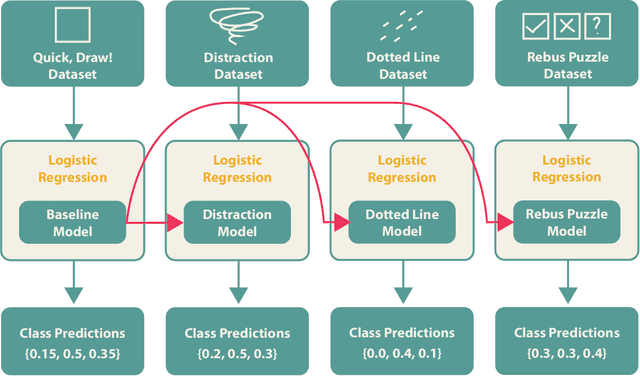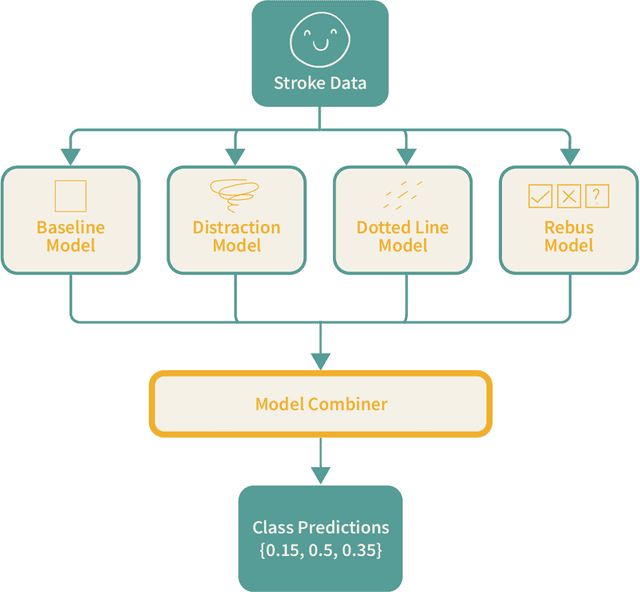Aleksanteri Sladek
Identifying On-road Scenarios Predictive of ADHD usingDriving Simulator Time Series Data
Nov 12, 2021



Abstract:In this paper we introduce a novel algorithm called Iterative Section Reduction (ISR) to automatically identify sub-intervals of spatiotemporal time series that are predictive of a target classification task. Specifically, using data collected from a driving simulator study, we identify which spatial regions (dubbed "sections") along the simulated routes tend to manifest driving behaviors that are predictive of the presence of Attention Deficit Hyperactivity Disorder (ADHD). Identifying these sections is important for two main reasons: (1) to improve predictive accuracy of the trained models by filtering out non-predictive time series sub-intervals, and (2) to gain insights into which on-road scenarios (dubbed events) elicit distinctly different driving behaviors from patients undergoing treatment for ADHD versus those that are not. Our experimental results show both improved performance over prior efforts (+10% accuracy) and good alignment between the predictive sections identified and scripted on-road events in the simulator (negotiating turns and curves).
Dealing with Adversarial Player Strategies in the Neural Network Game iNNk through Ensemble Learning
Jul 05, 2021



Abstract:Applying neural network (NN) methods in games can lead to various new and exciting game dynamics not previously possible. However, they also lead to new challenges such as the lack of large, clean datasets, varying player skill levels, and changing gameplay strategies. In this paper, we focus on the adversarial player strategy aspect in the game iNNk, in which players try to communicate secret code words through drawings with the goal of not being deciphered by a NN. Some strategies exploit weaknesses in the NN that consistently trick it into making incorrect classifications, leading to unbalanced gameplay. We present a method that combines transfer learning and ensemble methods to obtain a data-efficient adaptation to these strategies. This combination significantly outperforms the baseline NN across all adversarial player strategies despite only being trained on a limited set of adversarial examples. We expect the methods developed in this paper to be useful for the rapidly growing field of NN-based games, which will require new approaches to deal with unforeseen player creativity.
iNNk: A Multi-Player Game to Deceive a Neural Network
Jul 17, 2020

Abstract:This paper presents \textit{iNNK}, a multiplayer drawing game where human players team up against an NN. The players need to successfully communicate a secret code word to each other through drawings, without being deciphered by the NN. With this game, we aim to foster a playful environment where players can, in a small way, go from passive consumers of NN applications to creative thinkers and critical challengers.
 Add to Chrome
Add to Chrome Add to Firefox
Add to Firefox Add to Edge
Add to Edge